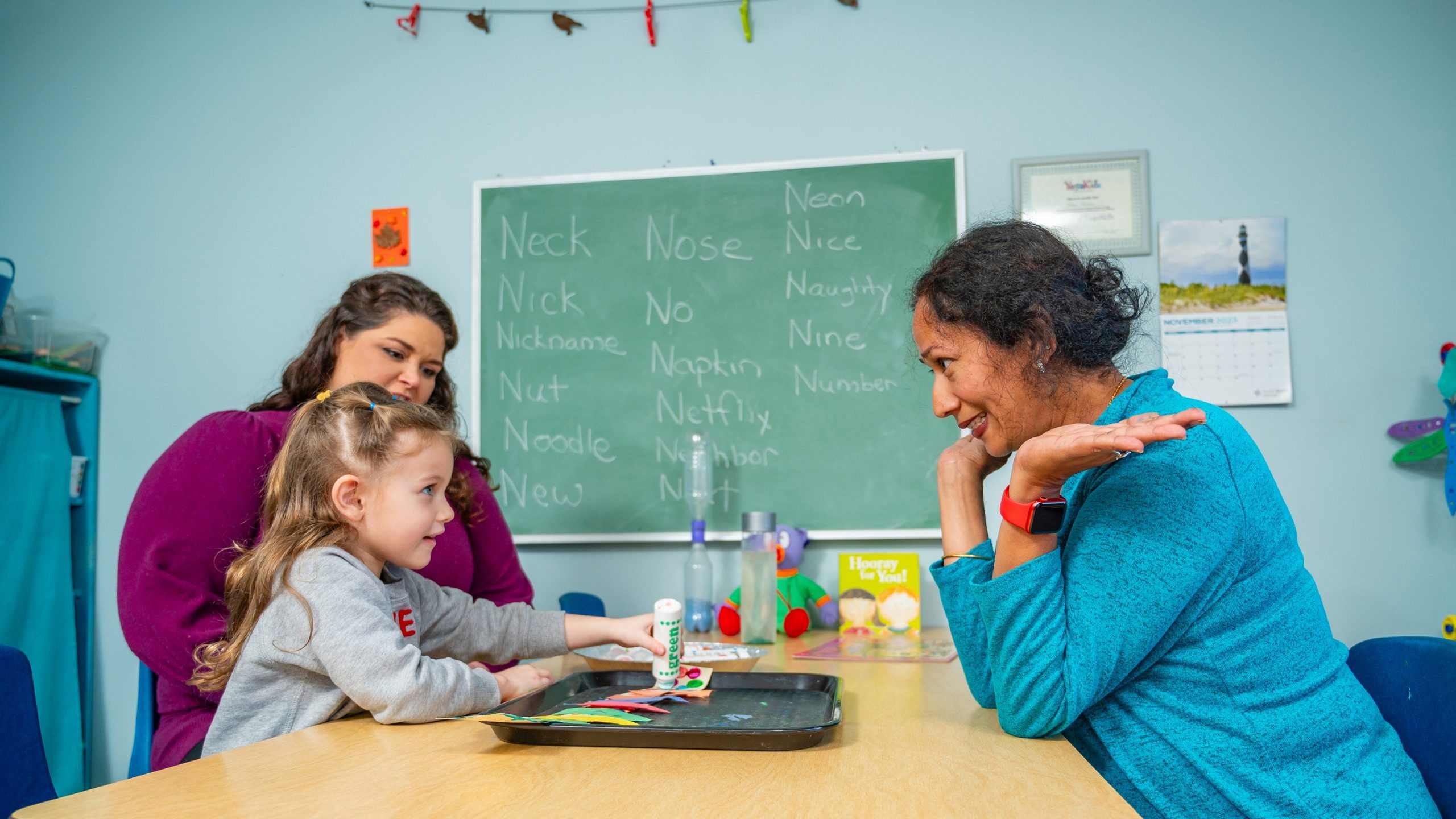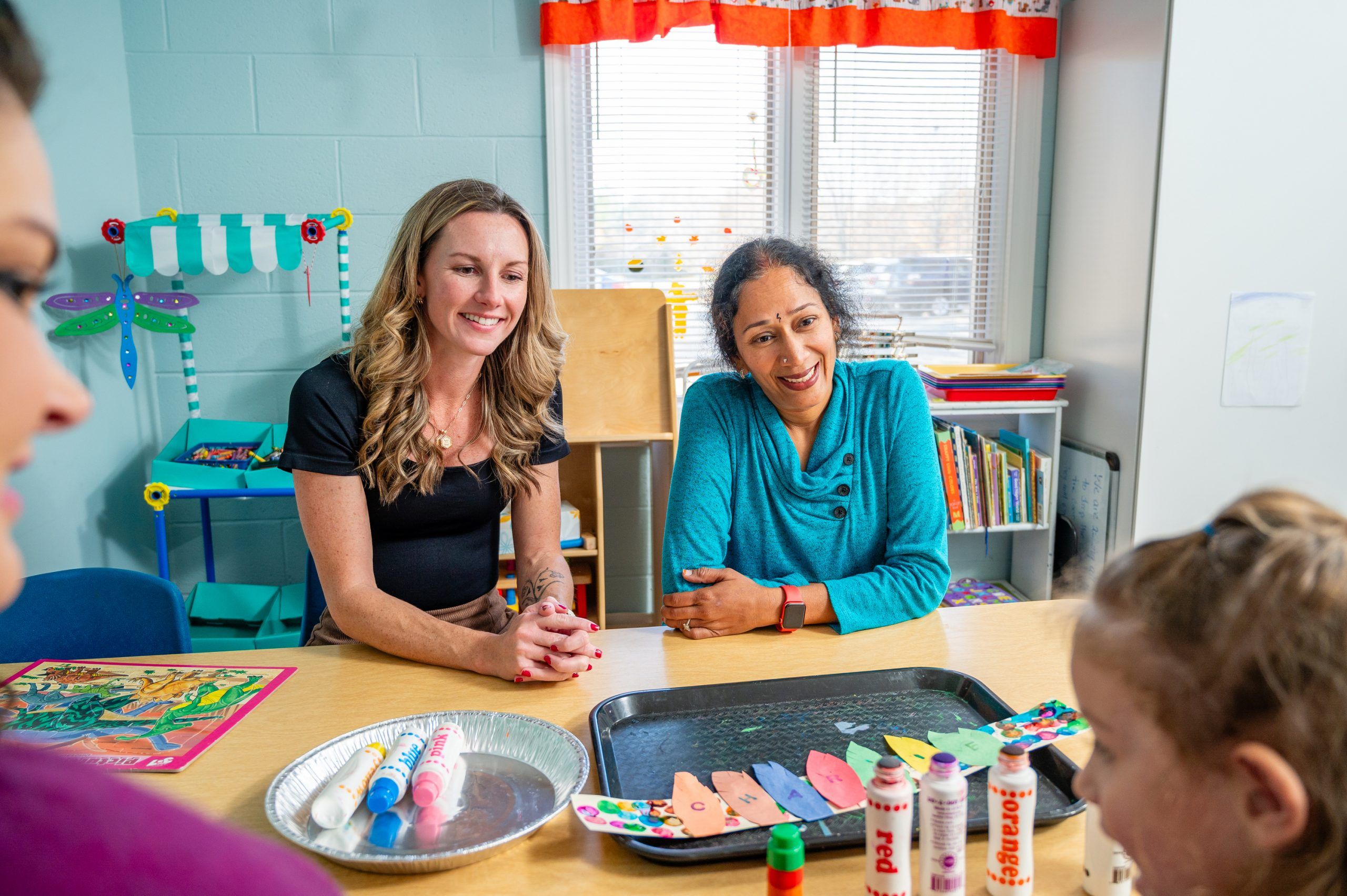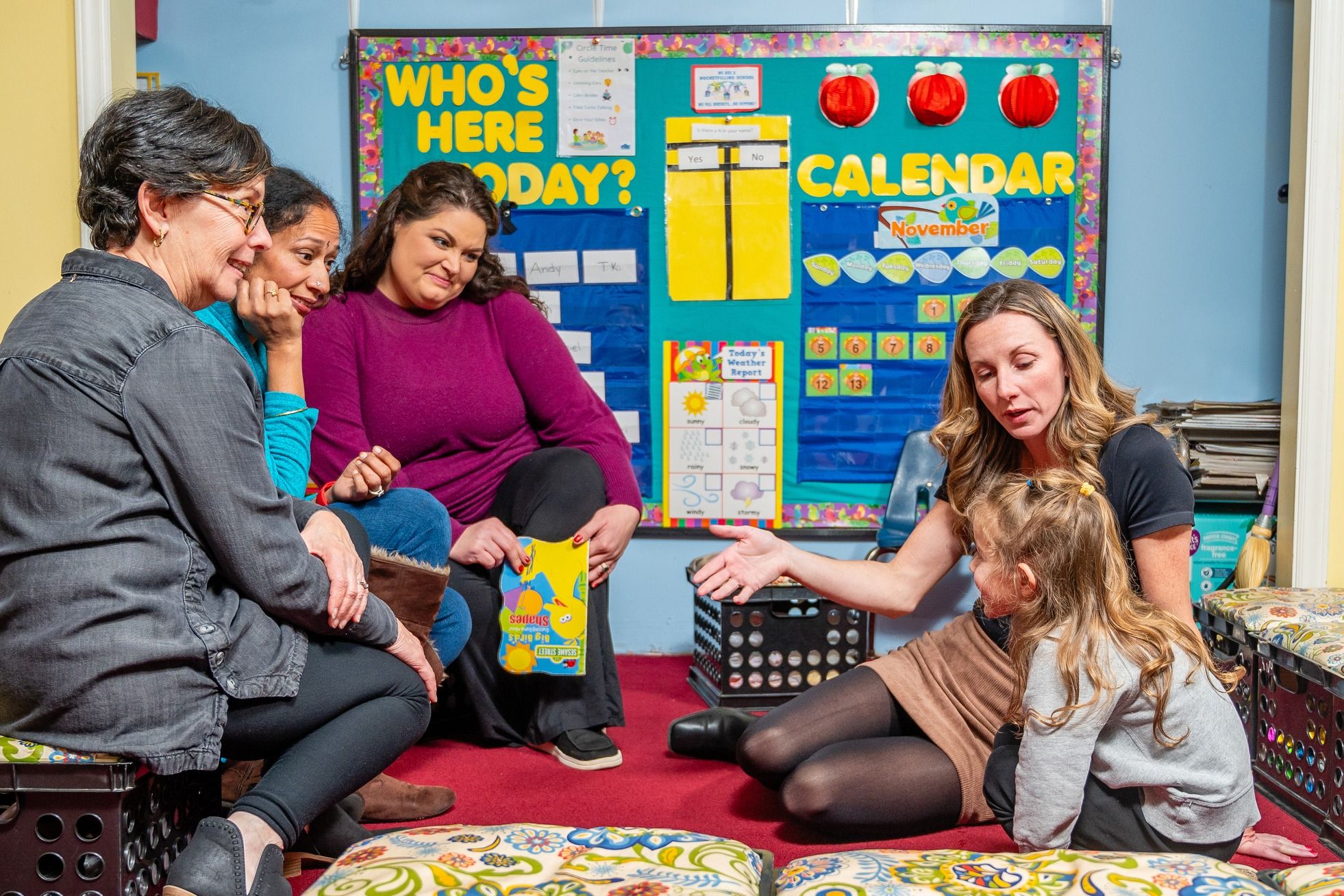In the Early Years

In the Early Years
For the past 20 years, Bringing Out the Best has lived up to its name by helping Guilford County residents under 5 years old overcome behavioral, social, and emotional challenges.
“These children are our future,” says Program Director Janet Howard. “If we don’t help them at this critical time, they’re not going to get where they need to be.”
The long-standing program, funded by the Guilford County Partnership for Children, adopts an immersive and evidence-based approach, working with the child, teacher, and parents within the child’s preschool or childcare setting for approximately six visits.
Helping approximately 100 children a year, the program has a year-round waitlist with caregivers eagerly waiting for their child’s name to be next in line to work with one of Bringing Out the Best’s dedicated specialists – trained professionals who Howard describes as superheroes.
“It takes a really special person to work in this field and have the passion and drive to do this work – it flows out of people like lava,” Howard says. “Other teachers and parents feel it, and we make more connections.”
A specialist’s first school visit is all about observation. They watch the child interact with their teacher. If they notice a disconnect, they suggest approaches to foster trust, such as taking a few minutes to read a book together at the start of the day.
A Force for Youth & Families
UNCG’s Center for Youth, Family and Community Partnerships has improved lives across North Carolina for 28 years. Interventions make a deep impact thanks to a commitment to evidence-based research, strong partnerships, and guidance from community members with lived experiences.
The specialist tracks when the child engages in the behavior leading to the referral, including context. Was the child feeling left out before their aggressive outburst? Did the teacher notice and support the child when she pulled away in the corner?
“They might be throwing things because they’re angry, but they don’t know how to express it. We work to try and help them understand their emotions, regulate their emotions, and put some words to it,” Howard says.
Strategies include helping the child turn inward by finding a quiet spot, such as a comfy corner, where they can calm down. They may also create a story where the protagonist is struggling with a similar situation, so that the child can brainstorm alternative behaviors.
Howard says one strength of the program is that this skill development happens in real-time. “There’s a lot of modeling that goes on for the child and walking them back through the situation.”
The child is not the only focus. Bringing Out the Best invests in coaching teachers and parents on best practices for responding to difficult behavior and supporting more positive alternatives. Howard says coaching one teacher can benefit future students who enter that classroom.
“A teacher I worked with years ago recently said to me, ‘Everything you’ve ever brought to the classroom, it’s still here. I use everything you taught me.’”
Especially in the aftermath of COVID shutdowns, as many struggle to reacclimate to school environments, Howard says the program can provide guidance and positivity to teachers, parents, and children.
“We see progress frequently, almost at every visit,” says Howard. “If we can be the safe place for that kid and they just want to sit in our lap and that’s all we accomplished that day, that’s okay. That’s progress.”
read more about CYFCP impacts

